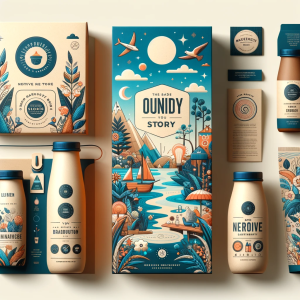Introduction
Every brand, whether a startup or a multinational, grapples with a simple yet intricate question: How much does packaging cost? The answer, as you might expect, isn’t straightforward. From the type of material chosen to the design intricacies, from production methods to distribution logistics, numerous factors collectively determine the cost of packaging. But beyond the complexities, there’s an underlying principle: value for money.
Making informed decisions about packaging can significantly influence a brand’s bottom line and its environmental footprint. Cutting corners might save pennies today but can lead to brand dilution and increased costs in the long run. On the flip side, overinvesting without clear direction can equally strain a company’s resources.
In our endeavors at Sam’s Packaging, we’ve delved deep into these challenges. We’ve seen firsthand the value of understanding and optimizing packaging costs, ensuring that each brand we work with strikes the right balance between quality, appeal, and affordability.
1. Understanding Packaging Costs: The Major Components
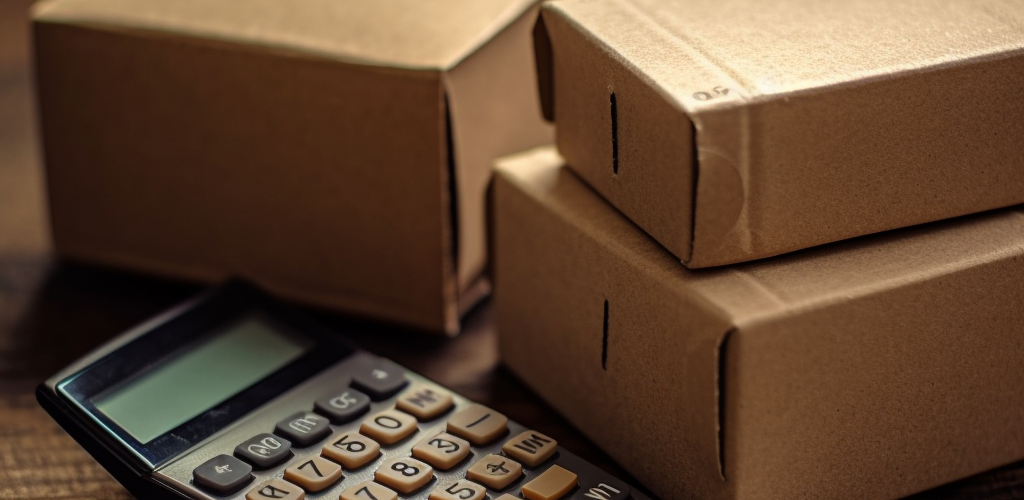
Unraveling the intricacies of packaging costs begins by dissecting its major components. Each stage of the packaging process has its associated expenses, and a keen awareness of these can aid businesses in budgeting effectively and identifying areas for cost optimization.
Materials
Packaging isn’t a one-size-fits-all game. From sturdy cardboard to flexible plastics, from sustainable bamboo to luxurious silk liners, the choice of material is paramount. Each has its own price tag, driven by factors such as availability, demand, and production costs. For instance, while plastic might be inexpensive, its environmental concerns may lead brands to opt for pricier, eco-friendly alternatives.
A brand’s packaging speaks volumes. It’s often the first tactile interaction a consumer has with a product, making its design crucial. Professional design services come with costs, depending on the complexity and exclusivity of the design. Additionally, unique branding elements – think embossing, metallic inks, or holographic finishes – can also add to the expense.
This is where the design concept comes to life. Depending on the complexity of the packaging, businesses might need specialized machinery or skilled artisans. A handcrafted wooden box will naturally cost more than a machine-pressed carton. Furthermore, economies of scale play a role; ordering larger quantities can often reduce the cost per unit.
Distribution
Once packaged, products need to reach their destinations, whether it’s a retail shelf or a consumer’s doorstep. This involves costs related to warehousing, transportation, and handling. More delicate or perishable items might need controlled environments, adding to the logistics bill.
From our experiences at Sam’s Packaging, we advocate for a holistic view. By understanding each of these components and their interplay, brands can make informed decisions, ensuring they neither overspend nor compromise on packaging quality.
2. Factors Influencing Cost Fluctuations
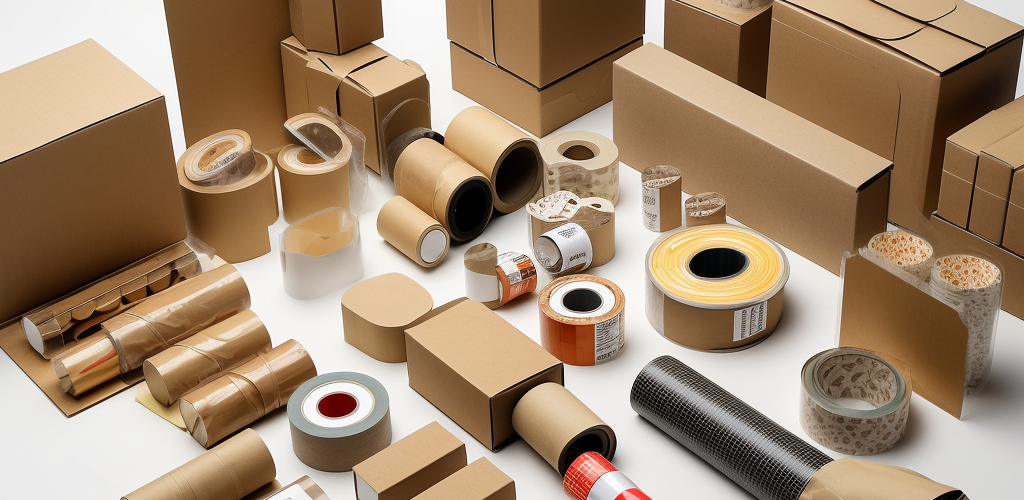
When navigating the waters of packaging costs, understanding what drives changes is paramount. Cost fluctuations can be triggered by various external and internal factors, and being aware of them allows businesses to strategize and adjust accordingly.
Seasonal Demand
Much like the ebb and flow of tides, certain times of the year see spikes in packaging demand. Holidays such as Christmas, Valentine’s Day, or even specific cultural festivals can create surges. During these periods, increased demand can strain supply chains, leading to higher prices. Conversely, during off-peak times, prices might stabilize or even decrease.
In an interconnected world, the butterfly effect is very real. A disruption in one part of the globe, be it a political unrest, natural disaster, or pandemic, can ripple through and impact packaging costs elsewhere. This is especially true when it results in shortages of raw materials, leading to price hikes. For example, if there’s a bamboo scarcity due to overharvesting in Asia, a company using bamboo packaging in Europe might feel the pinch.
Technological Advancements
Innovation never stops. As industries evolve, so do the technologies driving them. In the world of packaging, breakthroughs can introduce more efficient production methods or entirely new materials. While initial adoption might come with higher costs, as the technology matures and scales, these costs often decrease. At Sam’s Packaging, we always have our finger on the pulse of technological shifts, ensuring our clients stay ahead of the curve and benefit from the latest innovations.
By staying vigilant to these influencing factors and planning in advance, brands can mitigate some of the risks associated with cost fluctuations. Partnering with experts, like the team at Sam’s Packaging, can also provide insights and guidance to navigate these waters more effectively.
3. How to Determine Your Packaging Budget
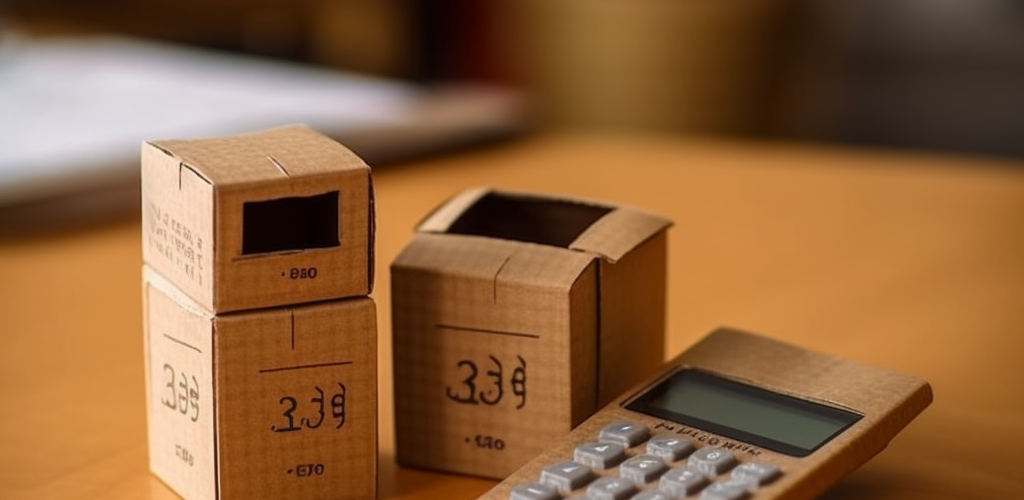
Determining the right budget for packaging isn’t just about crunching numbers. It’s about understanding your brand’s objectives, knowing where to allocate funds, and identifying areas where savings can be realized without compromising on quality.
Setting Objectives
Before delving into the specifics, it’s vital to clearly outline what you want your packaging to achieve. Are you aiming for premium, luxury appeal? Or perhaps a sustainable, eco-friendly message? Your objectives will dictate your material choices, design intricacies, and even distribution methods. For instance, a brand focused on luxury might invest more in high-end materials and intricate designs, while one rooted in sustainability might prioritize recycled materials and minimalistic designs.
Prioritizing Elements
Not all aspects of packaging command equal attention or investment. Decide on the non-negotiables for your brand. For some, it might be the material due to a sustainability pledge. For others, it could be the design to maintain brand consistency. Once you’ve pinpointed these, you can identify areas where you might have some wiggle room to adjust and save.
Seeking Expertise and Insight
This is where partnering with industry experts can be invaluable. At Sam’s Packaging, we’ve had the privilege of consulting with various brands, big and small. Our common advice? Always strike a balance between cost and quality. Cutting corners might save you in the short term, but it could also harm your brand’s image in the long run. Conversely, unnecessary extravagance can be a financial drain. It’s all about finding that sweet spot.
Understanding your objectives, prioritizing essential elements, and seeking insights can help shape a packaging budget that aligns with your brand’s ethos and financial considerations. It’s a journey of strategic decisions, and having seasoned partners like Sam’s Packaging can guide you through it seamlessly.
4. Cost-effective Choices Without Compromising Quality

In the world of packaging, there’s a misconception that saving costs means sacrificing quality. In reality, with informed decisions and strategic choices, brands can achieve a balance that maintains high-quality standards without breaking the bank.
Sustainable Materials and Long-term Savings
The initial investment in sustainable materials can sometimes be higher than conventional ones. However, in the longer run, they often lead to savings. For instance, using recycled materials can lead to tax incentives or rebates in certain regions. Moreover, with the growing consumer demand for eco-friendly products, brands can potentially see increased sales and customer loyalty, offering a return on their investment.
Leveraging Scalable Designs
Designing packaging with scalability in mind ensures that it’s adaptable across various product lines or sizes. This way, the foundational design elements remain consistent, allowing for cost savings in design alterations or tweaks for different products. Plus, a cohesive look across all products can strengthen brand recognition.
Bulk Purchasing vs. On-Demand Ordering
Bulk purchasing typically provides economies of scale, leading to significant cost savings per unit. However, it’s essential to balance this with projected sales and storage costs. On the flip side, on-demand ordering, while potentially higher in cost per unit, can be useful for limited edition products or brands with limited storage space. It minimizes waste and ensures that the packaging is always fresh and up-to-date.
Partnering with the Right Experts
This can’t be emphasized enough. Having a trusted partner like Sam’s Packaging means tapping into years of industry knowledge. We can guide brands to make choices that are both cost-effective and of top-tier quality. Our collaborations have consistently shown that when quality is a priority, costs can be optimized without any compromise.
By weaving together smart material choices, forward-thinking designs, and strategic purchasing decisions, brands can navigate the cost landscape effectively while upholding their commitment to quality.
5. Sustainability and Cost: Is Going Green More Expensive?
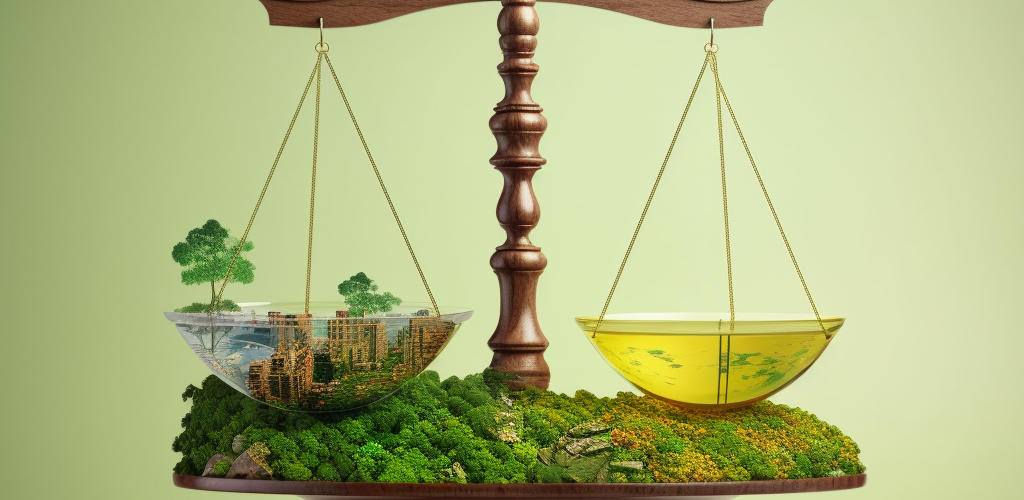
One of the frequently discussed topics in the packaging industry is the perceived high cost of sustainable solutions. While initial investments might seem steeper, the long-term advantages and potential savings often paint a different picture. Let’s dive deeper into understanding the cost dynamics of eco-friendly packaging.
Breaking the Myth of Expensive Sustainable Options
At face value, some sustainable materials or processes might come with a slightly higher price tag compared to traditional ones. However, the bigger picture includes factors such as reduced waste, potential tax incentives, and reduced environmental impact fees. When these are accounted for, the overall cost of sustainable packaging can be competitive, if not less, than conventional options.
Long-term Savings
Investing in sustainable packaging can lead to significant long-term savings. For instance, lighter packaging materials reduce shipping costs. Furthermore, with the rise in landfill taxes and penalties for excessive waste, reducing packaging waste can directly impact a brand’s bottom line.
Enhancing Brand Image
Today’s consumers are increasingly environmentally conscious. Adopting eco-friendly packaging can significantly boost a brand’s image, leading to increased customer loyalty and potentially higher sales. The positive public relations and marketing benefits associated with sustainable practices can further offset any initial higher costs.
Forward-thinking Partnerships
Collaborating with experienced partners, like Sam’s Packaging, who understand the nuances of sustainable packaging, can be instrumental. We help brands identify areas where they can save costs while maximizing their sustainability efforts. By combining our industry insights with a brand’s vision, the journey towards sustainability becomes not just an eco-friendly choice but also a cost-effective one.
In conclusion, while the initial costs of sustainable options might appear higher, the long-term financial (and environmental) benefits often outweigh them. In today’s evolving market, going green is not just an ethical choice but also a financially sound one.
6. Case Studies: Brands That Optimized Packaging Costs
Every brand aims to strike a balance between quality packaging and cost-efficiency. By delving deep into the strategies of some notable brands, we can gain insights into the practical steps to optimize packaging costs without compromising on value.
A Brand
This company shifted to a minimalist design, cutting down on excessive materials without sacrificing the package’s sturdiness or appeal. Their strategy led to a 20% reduction in material costs, translating to significant annual savings.
Data Point: After the shift, Brand A witnessed an 8% increase in sales, partly attributed to the sleek, new design and their eco-friendly messaging.
b Brand
Recognizing the advantages of bulk purchasing, this brand strategically timed their orders to make the most of off-peak pricing. By doing so, they effectively managed to bring down production costs.
Data Point: Brand B achieved a 15% reduction in packaging expenses over the year, boosting their overall profit margins.
Brand C
Partnering with a packaging consultant, this brand adopted a multi-pronged approach. They not only optimized their design but also revamped their distribution logistics. The outcome? Faster time-to-market and savings on both production and distribution fronts.
Data Point: Implementing these changes, Brand C reported a 25% increase in operational efficiency, directly reflecting in their quarterly earnings.
7. Tips from Sam's packaging on Cost Management
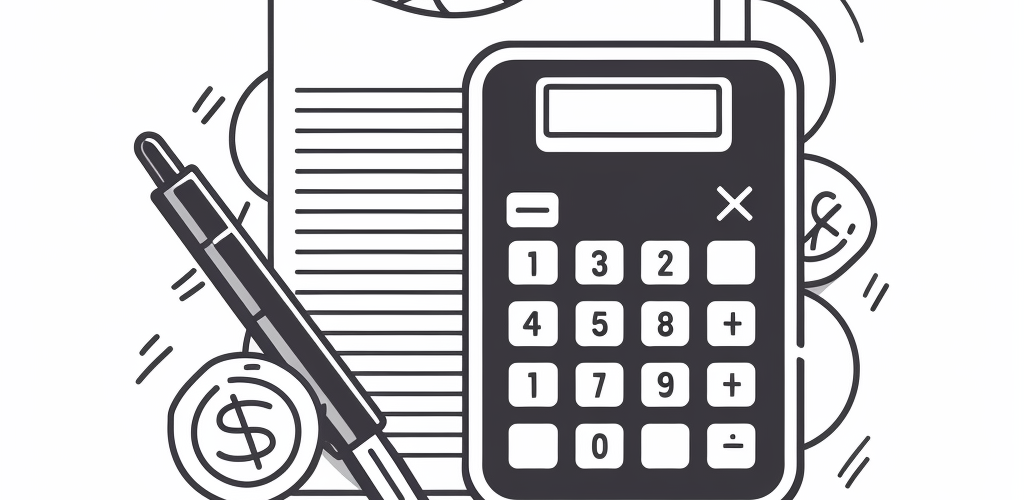
Navigating the intricate realm of packaging costs can seem overwhelming. Yet, with the right strategies in place, brands can ensure their packaging remains both high-quality and cost-effective. Drawing from our extensive experience at Sam’s Packaging, here are some proven strategies for better cost management:
Lean Production Techniques
By adopting lean methodologies, brands can eliminate waste throughout the packaging process. This might involve streamlining operations, reducing downtime, and optimizing material use. Such measures not only bring down costs but also enhance overall productivity.
Collaborating with Experienced Partners
Establishing strong relationships with seasoned suppliers or consultants can yield more favorable deals. These partners, with their vast networks and industry insights, can help negotiate better prices, offer bulk discounts, or provide alternative solutions that might be more cost-effective.
Embracing Technology and Automation
The future of packaging lies in the integration of technology. Automated production lines, for instance, can reduce manual labor costs, while ensuring consistent quality. Similarly, employing design software can expedite the prototyping phase, allowing for quicker adjustments and approvals.
Conclusion
Packaging is much more than just wrapping a product; it’s a blend of art, science, and economics. At its heart lies the delicate equilibrium of cost, quality, and the image a brand wishes to convey to its audience. Too often, businesses find themselves at crossroads, making hard decisions on where to invest and where to save. However, understanding the nuances of packaging costs can be a game-changer. As we’ve witnessed at Sam’s Packaging, with the right knowledge and strategy, it’s entirely possible to achieve that perfect blend – where the packaging resonates with the audience without breaking the bank.
Are you grappling with packaging decisions? Looking for the right balance of cost and quality? Let our team at Sam’s Packaging guide you. With our expertise and industry insights, we can help you navigate the intricate world of packaging costs effectively. Reach out today and let’s embark on a journey to create packaging that’s both cost-effective and impactful.


